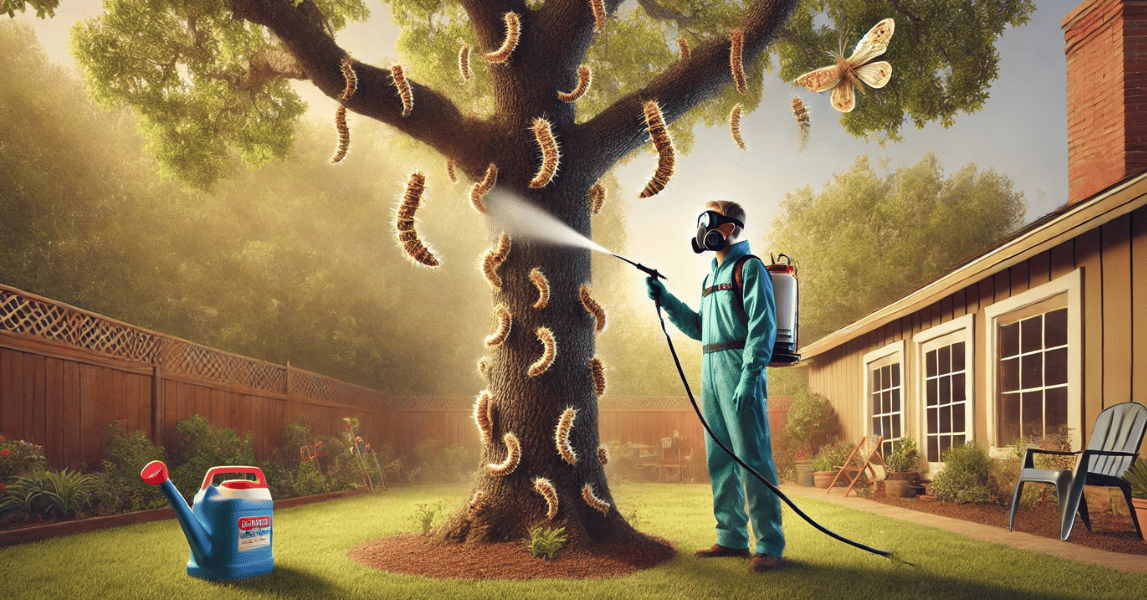Removing tree roots can be tricky. It’s a job that requires care and attention. If not done right, it can hurt your trees or damage nearby structures. This guide will walk you through the basics.
Why Remove Tree Roots?
Tree roots often become a problem. They can crack driveways, lift sidewalks, or damage underground pipes. In some cases, they can even weaken a tree's stability. Removing problem roots is necessary to keep your property safe.
Tools You’ll Need
Before you start, gather the right tools. Here’s a simple list:
- Shovel
- Pruning saw
- Root saw
- Safety gear (gloves, eye protection, and a dust mask)
- Water hose
Once you have your tools, you’re ready to get started.
Safety First
Always prioritize safety. Make sure to wear gloves to protect your hands. Use eye protection to shield your eyes from debris. If you’re working around power lines or buried utilities, call a professional.
Identify the Problem Roots
Start by locating the roots causing trouble. Sometimes, they’re easy to see, like those pushing up sidewalks. Other times, they’re underground. Use a shovel to dig around and expose the roots. Be careful not to damage the tree trunk.
Step-by-Step Guide
Here’s how to remove tree roots:
Dig Around the Root
Use your shovel to dig a trench around the root. Dig down enough to see the entire root and make cutting easier.
Expose the Root System
Once you have a trench, use water from a hose to wash away dirt. This makes the root more visible and gives you a clearer view of what you’re working on.
Cut the Root
Use a root saw to cut through the root. Make sure to cut cleanly. A jagged cut can invite disease or pests. If the root is very thick, a pruning saw might work better.
Remove the Cut Root Section
After cutting, pull out the section of the root you removed. If it’s tough, use your shovel or a pry bar to lift it.
Fill the Hole
Fill the hole with soil once the root is out. Pack the soil firmly to avoid sinking later. You can add mulch on top to help retain moisture.
Avoid Damaging Your Tree
Be cautious when removing roots. Cutting too many can stress or even kill the tree. As a rule of thumb, don’t cut roots larger than two inches in diameter unless necessary. Also, avoid cutting roots too close to the trunk.
When to Remove Roots
Timing matters. Late fall or early winter is usually the best time. Trees are dormant then, which reduces the risk of stress. Avoid root removal during the growing season, as it can harm the tree.
Dealing with Stubborn Roots
Some roots are more stubborn than others. If you’re struggling, it might be best to call in the pros. Certified arborists have special tools and techniques. At Strobert Tree Services, we use methods that minimize damage to the tree and your property.
Preventing Future Root Problems
Prevention is key. Here are some tips to keep roots from becoming a problem:
Install a Root Barrier
Root barriers can help direct growth away from foundations or sidewalks. These are installed underground and guide roots away from sensitive areas.
Plant the Right Trees
When planting new trees, choose species with non-invasive roots. Small ornamental trees are a good option for areas near structures.
Regular Maintenance
Keep an eye on your trees. Trim roots early when they start to spread too far. Regular maintenance helps keep trees healthy and prevents future problems.
When to Call a Professional
Sometimes, it’s best to let the experts handle it. If you’re dealing with large roots, or if you’re unsure about the process, call a certified arborist. Strobert Tree Services offers free health assessments in Delaware, PA, and New Jersey. Our team can assess the situation and recommend the best course of action.
Common Mistakes to Avoid
- Cutting Too Many Roots: Removing too many roots can destabilize the tree. Always cut sparingly.
- Cutting Roots Close to the Trunk: Roots close to the trunk are vital. Avoid cutting them unless absolutely necessary.
- Using Chemicals Improperly: Some people try to kill roots with chemicals. This can harm the tree or nearby plants. Always follow safety guidelines if using chemical treatments.
What About Stump Grinding?
If you’ve removed a tree and are left with a stump, stump grinding may be needed. This process grinds the stump and remaining roots below ground level. It’s an effective way to get rid of leftover tree material.
Final Thoughts
Tree root removal can be a DIY project, but it requires care. Always think about the health of your tree and the safety of your property. When in doubt, reach out to professionals like us at Strobert Tree Services. Our certified arborists can help ensure the job is done right.
Contact Strobert Tree Services!
Have questions or need a free health assessment? Strobert Tree Services is here to help. We serve Delaware, PA, and New Jersey with expert tree care. Call us to schedule your assessment and keep your trees in top shape.
Remember, removing tree roots is serious business. Take your time, follow these steps, and don’t hesitate to ask for help if you need it.











